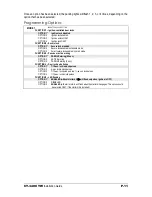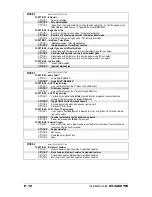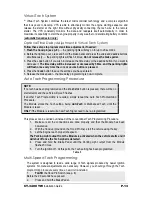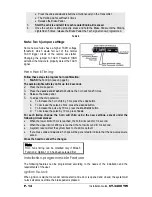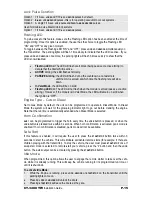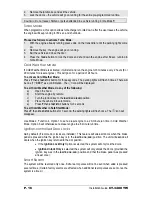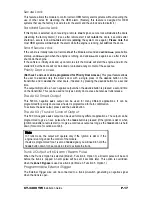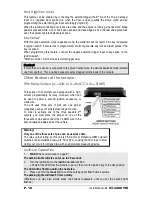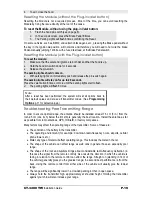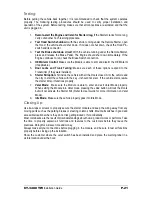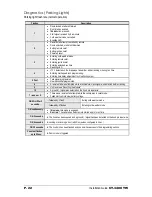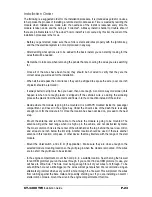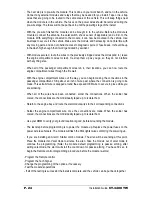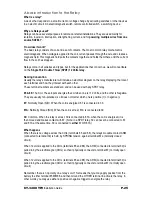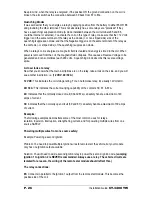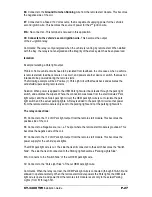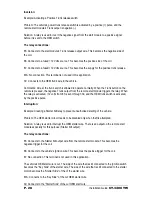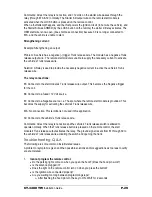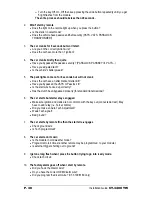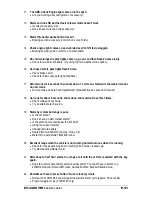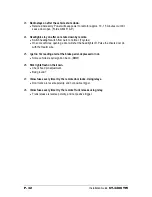
CT-3400 TW
Installation Guide
P.25
A basic introduction to the Relay
What is a relay?
A device that responds to a small current or voltage change by activating switches or other devices
in an electric circuit. An electromagnetic switch, remote controlled switch, a switching device.
Why are Relays used?
Relays can have several purposes in remote car starter installations. They are used mainly for
isolation, inversion, interruption, strengthening current, and for
powering multiple wires from one
source SAFELY
.
How does it work?
The basic relay consists of a coil and a set of contacts. The most common relay mechanism is
electromagnetic. When voltage is applied to the coil, current passes through the wire and creates a
magnetic field. This magnetic field pulls the contacts together and holds them there until the current
flow in the coil has stopped.
Relays come in all varieties and types, but for the applications that concern us, we will concentrate
on the
Single Pole Double Throw (SPDT) 12 Volts relay.
Naming Convention
Usually the relay’s manufacturer will include an electrical diagram on the relay displaying the role of
each terminal and how they interact with each other.
These terminal numbers are standard, and can be used with any SPDT relay.
85 & 86:
The Coil. These inputs energize the coil when one is +12 Volts, and the other is Negative.
They are usually non-polarized, so it does not matter which one is positive (+) or negative (-).
87:
Normally Open (N/O). When the coil is energized, 87 is connected to 30.
87A:
Normally Closed (N/C). When the coil is at rest, 87A is connected to 30.
30:
Common. When the relay is at rest, 30 is connected to 87A, when the coil is energized, it is
then moved and makes contact with 87. (Note: in a SPDT relay, 30 can never be connected to 87
and 87A at the same time, 30 is connected to
either
87 OR 87A)
What happens
When there is no voltage across the COIL (terminals 85 and 86), the relay's movable contact ARM
(connected to terminal 30) is held, by SPRING tension, against terminal 87a (normally closed
circuit).
When 12 volts is applied to the COIL (terminals 85 and 86), the ARM (connected to terminal 30) is
pulled in by the electromagnet (COIL) so that it physically connects to terminal 87 (normally open
circuit)
When 12 volts is applied to the COIL (terminals 85 and 86), the ARM (connected to terminal 30) is
pulled in by the electromagnet (COIL) so that it physically connects to terminal 87 (normally open
circuit)
Remember, there is no polarity on a relay’s coil. This means that you may apply positive from the
battery to either terminal 85
OR
86, and then Ground the OTHER terminal to activate the relay. In
other words, you may use either a positive or negative trigger to energize the relay.

